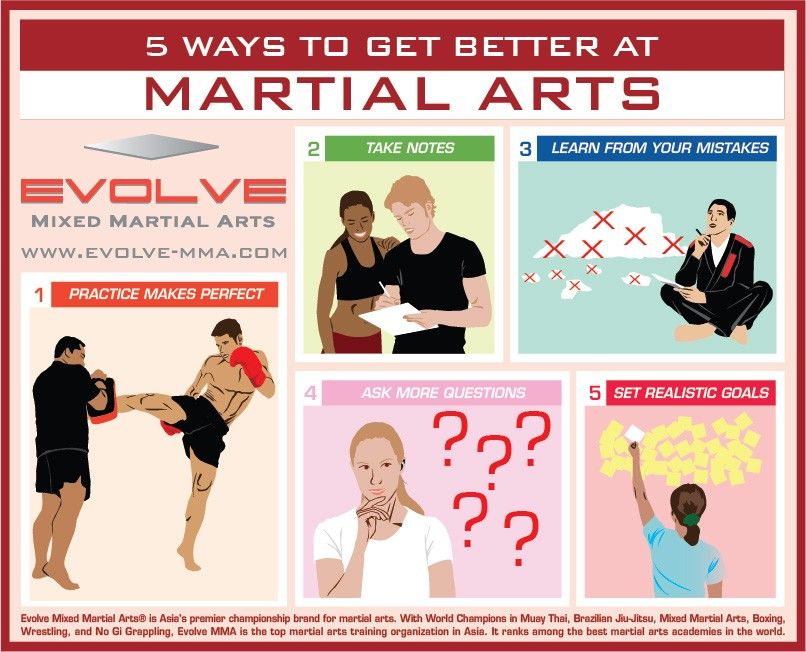Enter the ancient world where martial arts were born out of necessity in diverse areas. Societies crafted unique fighting styles linked with historic contexts. Methods advanced over centuries with dedicated technique and cultural exchanges. Today, modern-day martial arts blend standard components for maximum effectiveness. Philosophically, martial arts emphasize technique, self-improvement, and consistency. Respect, humbleness, and balance are fundamental concepts leading practitioners towards development and durability. Explore https://sunnewsonline.com/sexual-violence-over-100-girls-trained-in-martial-arts-other-skills-in-lagos/ of this rich background and ideology to uncover the profound impacts forming this enduring self-control.
Beginnings of Martial Arts
Martial arts originated in various regions around the globe, evolving as useful fight systems to resist threats. These ancient battling styles were created out of requirement, with each culture crafting strategies suited to their special atmospheres and challenges. From https://spencerwelrw.theisblog.com/31336352/discover-the-interesting-world-of-martial-arts-this-detailed-overview-looks-into-the-distinctions-between-martial-arts-and-kung-fu-awaken-your-internal-warrior grappling arts of Jujutsu in Japan to the striking techniques of Kung Fu in China, martial arts were deeply linked with the historical, social, and cultural fabric of their particular societies.
In Japan, the samurai class refined martial arts like Kenjutsu, the art of the sword, which later on evolved right into the more popularized form of Kendo. Meanwhile, in Brazil, Capoeira emerged as a mix of dancing and combat, developed by enslaved Africans as a way to withstand injustice. Each martial art lugs with it a rich background and approach, reflecting the worths and beliefs of the people that exercised them.
As you explore the origins of martial arts, you reveal a tapestry of human ingenuity, strength, and the unrelenting spirit of warriors throughout time.
Development of Methods
Through centuries of method and refinement, fight strategies within numerous martial arts have actually undertaken an extensive advancement. From ancient designs like Martial art and Karate to more modern-day techniques such as Brazilian Jiu-Jitsu and Krav Maga, the development of techniques has been driven by a mix of cultural influences, useful applications, and technological advancements.
One significant facet of this evolution is the cross-pollination of methods between various martial arts. As an example, strategies from typical Japanese Jiu-Jitsu were included into the development of Judo by Jigoro Kano in the late 19th century. This mixing of designs has led to the advancement of hybrid martial arts like Mixed Martial Arts (MMA), which incorporate aspects of striking, grappling, and submission techniques.
Moreover, the development of methods has been shaped by the raising emphasis on performance and effectiveness in combat. Experts have actually continually sought to fine-tune their methods with extensive training, trial and error, and competitors, bring about the development of extremely specialized and efficient battling designs. On the whole, the evolution of strategies in martial arts shows the vibrant nature of fight and the continuous quest for renovation and technology.
Philosophical Foundations
Discovering the underlying thoughtful principles of martial arts supplies insight right into their core worths and leading beliefs. At the heart of lots of martial arts self-controls is the concept of discipline itself. By training your mind and body to serve as one cohesive system, you grow self-control that extends beyond the dojo or health club into day-to-day life. This technique incorporates regard, humility, and self-constraint, forming not simply your physical capabilities yet additionally your personality.
Another essential thoughtful foundation in martial arts is the idea of continual self-improvement. The journey of understanding a fighting style is relentless, with specialists continuously striving to far better themselves, both literally and emotionally. This focus on growth fosters durability, perseverance, and a growth state of mind that can be put on all aspects of life.
Additionally, martial arts emphasize the significance of harmony and equilibrium. Techniques are created to use an opponent's energy against them, highlighting the principle of generating and rerouting force rather than fulfilling it head-on. what do martial arts studios for adults look like encompasses social partnerships, advertising peaceful resolutions and good understanding. By welcoming these thoughtful structures, martial musicians not only boost their battle skills however likewise cultivate a lifestyle fixated personal development, respect, and consistency.
Final thought
To conclude, the history and viewpoint of martial arts offer a rich tapestry of custom, technique, and self-improvement.
Consider instance the tale of Bruce Lee, who transformed martial arts by mixing different styles and viewpoints to create his very own one-of-a-kind type of Jeet Kune Do.
Via commitment and technology, martial artists continue to push borders and inspire others to reach their full possibility both in battle and in life.
